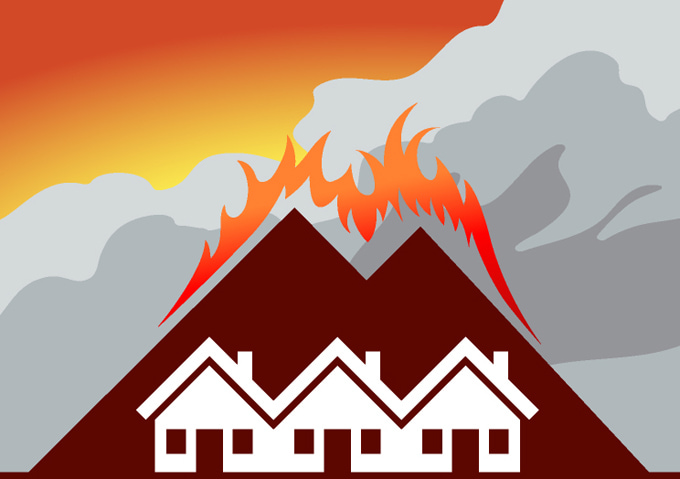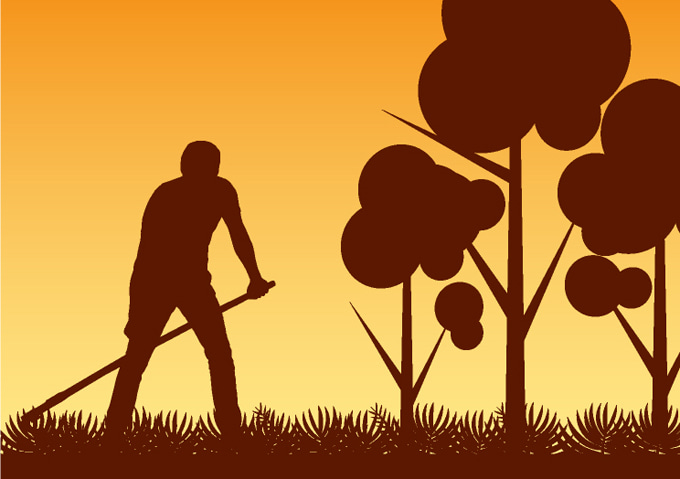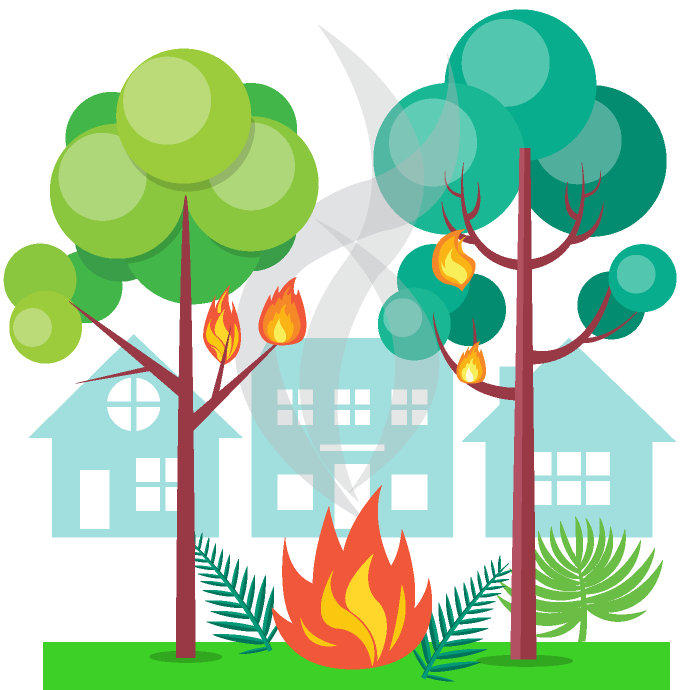Wildfire in California
 With the COVID-19 pandemic and record-breaking heat plaguing California this year, residents are facing an additional threat--an unprecedented wildfire season. Communities are being devastated by frequent fires amplified in their intensity and frequency by rising global temperatures, an increasingly dry climate, and drought. Six of the state’s 20 largest wildfires have occurred in 2020…so far.
With the COVID-19 pandemic and record-breaking heat plaguing California this year, residents are facing an additional threat--an unprecedented wildfire season. Communities are being devastated by frequent fires amplified in their intensity and frequency by rising global temperatures, an increasingly dry climate, and drought. Six of the state’s 20 largest wildfires have occurred in 2020…so far.
Over the past five decades, the area of land burned each year in the state has grown five-fold and climate scientists tell us that things will only get worse. As of September 2020, more than 2.5 million acres have burned in California, destroying nearly 4,000 structures. That’s 2,500 more structures than at the same point in 2019’s horrific fire season. Smoke from the fires has turned the skies an eerie orange color, and created air quality so poor as to threaten the health of the most vulnerable Californians.
In addition, extreme heat, combined with poor air quality caused by smoke from the fires, maybe making the COVID-19 situation worse. Though doctors aren’t sure whether wildfire smoke can make someone more susceptible to COVID-19, some studies have found that in the places where air pollution is bad, health officials are seeing worse COVID-19 outcomes. And a related impact of the record-high temperatures, which reached 121 degrees in Los Angeles County, was the closing of several COVID-19 testing sites.
Wildfires can impact all of us, even if our homes and lives are not directly threatened. But the reality is that some of the state’s most vulnerable, low-income communities bear the brunt of climate change. Farm workers, for example, are especially prone to fire-driven respiratory health issues because they work outside and are exposed to lung-damaging smoke. Members of this population are also more likely to have chronic lung conditions that put them at risk. Many of them lack even basic protection, such as N-95 masks to fend off smoke particles. These impacts are even greater for undocumented workers who are faced with other burdens, and unable to access social safety nets such as unemployment benefits or food access programs.
Increasingly frequent and intense wildfires are but one damaging impact of climate change. As we work to address and adapt to the those impacts more broadly, it is important that we do what we can now to ameliorate the impacts of these devasting fires on our communities.



 We must act to protect our communities, and the first step is being aware and prepared in the event of a wildfire. If we are better prepared, our communities can recover faster and easier.
We must act to protect our communities, and the first step is being aware and prepared in the event of a wildfire. If we are better prepared, our communities can recover faster and easier.
